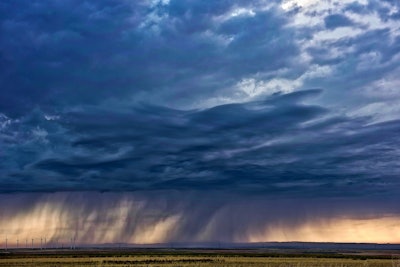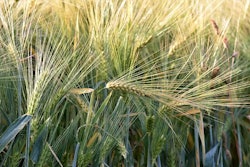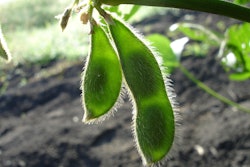
Rainfall for Argentina
- Recent rains have slowed or stopped the decline for much of Argentina’s soybean and corn crops.
- Rainfall varied significantly across Argentina’s main production areas as most locations reported from .50 to 2.00 inches of rain.
- Drier than normal conditions since mid-2020 have led the Buenos Aires Grains Exchange to cut its projected soy and corn production last week.
- BAGE will release its updated crop report later this afternoon.
- The Rosario exchange cut its soy forecast to 45 million tonnes from a previous 49 million, citing persistent high temperatures and light rainfall.
- Most of Argentina will see a mix of rain and sunshine during the coming week.
- A new weather system will bring another opportunity for rain late this weekend into Monday.
- Despite the improving trend much of the rain may have come a little too late in the growing season to add more soybean or corn production.
FBN’s Take On What It Means: The rainfall and break in temperatures was badly needed to end the second most stressful period of the growing season for crops. Rains have helped many producers, but some areas affected by drought over recent weeks can’t be recovered, and an increase in yields due to this precipitation is less likely. In coming weeks, the trade will continue to assess the potential crop losses, which have been supportive for prices.

Russia’s SovEcon Ups Wheat Production Outlook
- The agency bumped its wheat production forecast to 79 million tonnes, up from its previous forecast at 76 million.
- The agency cited a mild winter and recent precipitation as to the reason for the added tonnage.
- The agency reduced its winter grain sowing losses from 16% to 9.9%.
- The government reportedly has mixed views on the condition of winter grains and is waiting for more data as snow thaws.
- The 2020 wheat harvest came in at 86 million tonnes.
- Spring wheat sowings are not yet underway but sentiment is that acreage will be lower versus a year ago in favor of barley and other grains/pulses.
FBN’s Take On What It Means: It is still too early to settle on a wheat production total for Russia but what is clear is that winter wheat area is higher versus a year ago and the winter was rather mild. While the planting season was dry, moisture conditions have improved significantly so the stage is set for a larger winter wheat crop versus last year’s harvest.
FBN Market Advisory services are offered by FBN BR LLC, dba FBN Brokerage, FBN BR and FBN Market Advisory (NFA ID: 0508695)
The risk of trading futures and options can be substantial and may not be suitable for all investors. Past performance is not necessarily indicative of future results.
This is not an offer or solicitation in any jurisdiction where we are not authorized to do business or where such offer or solicitation would be contrary to the local laws and regulations of that jurisdiction, including, but not limited to, persons residing in Australia and Canada.










